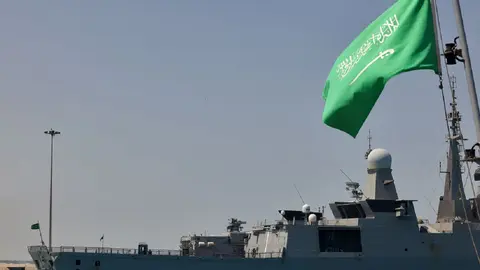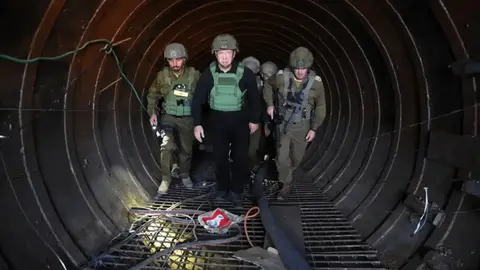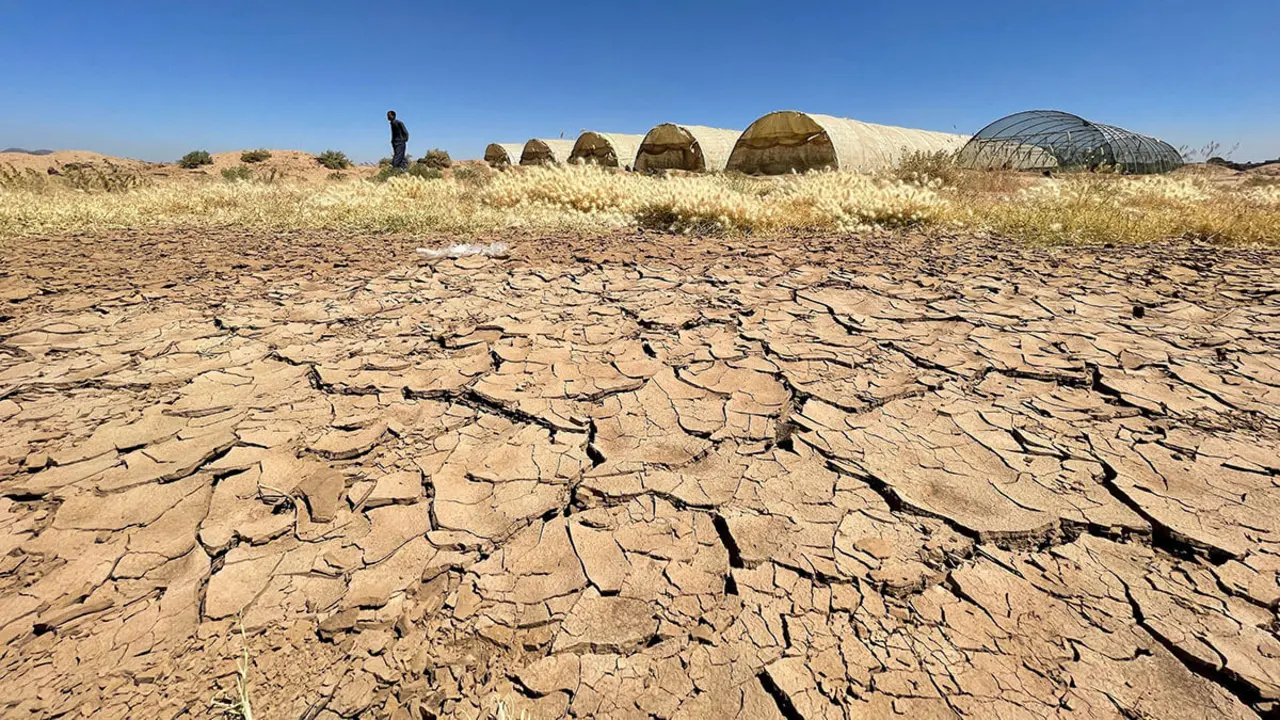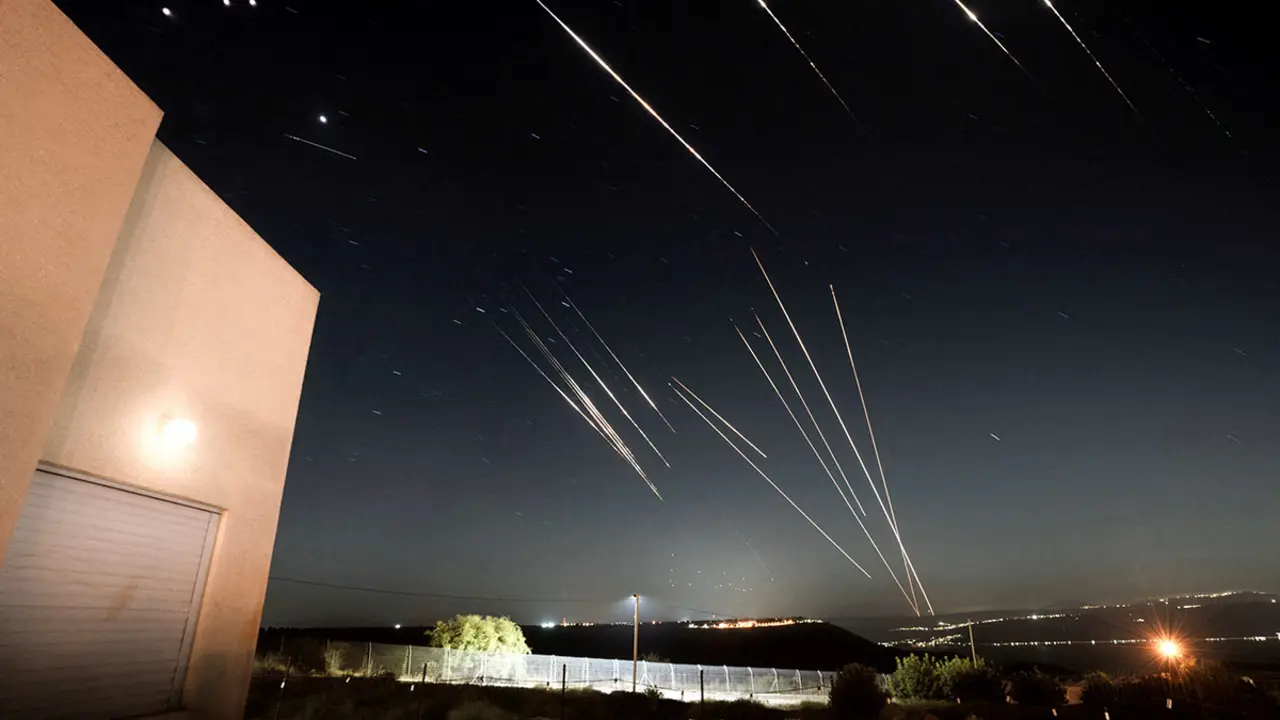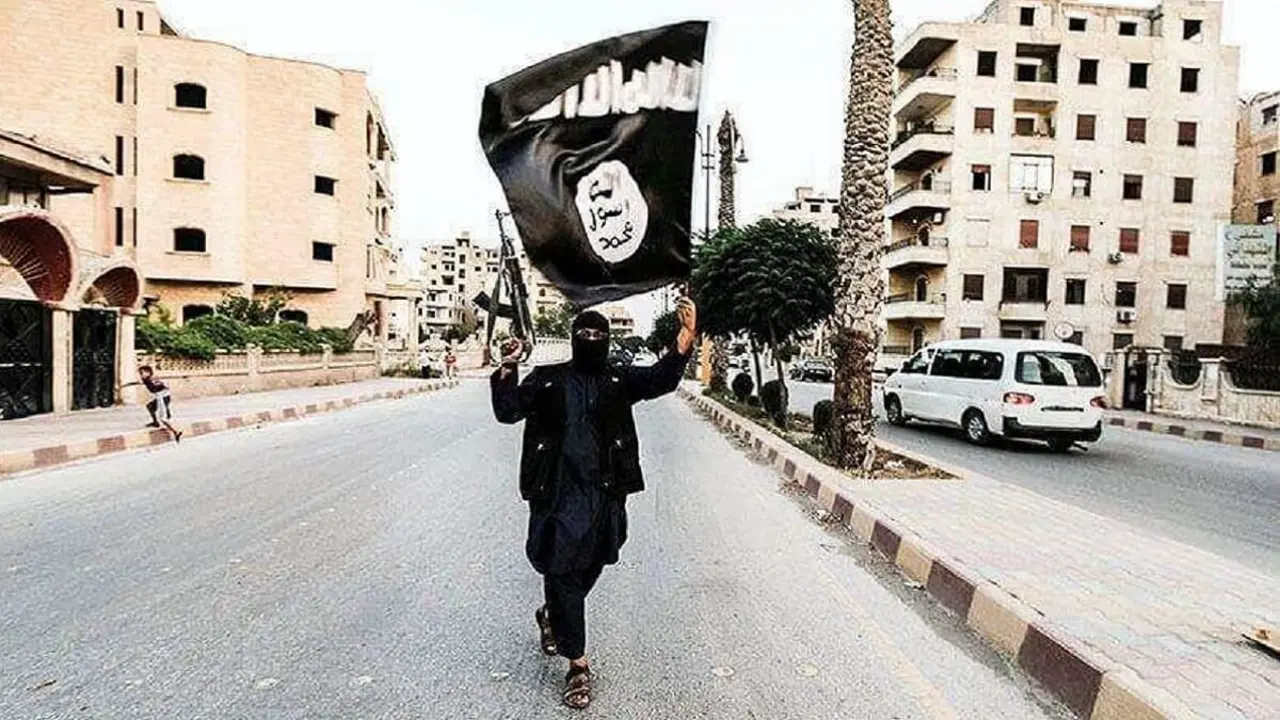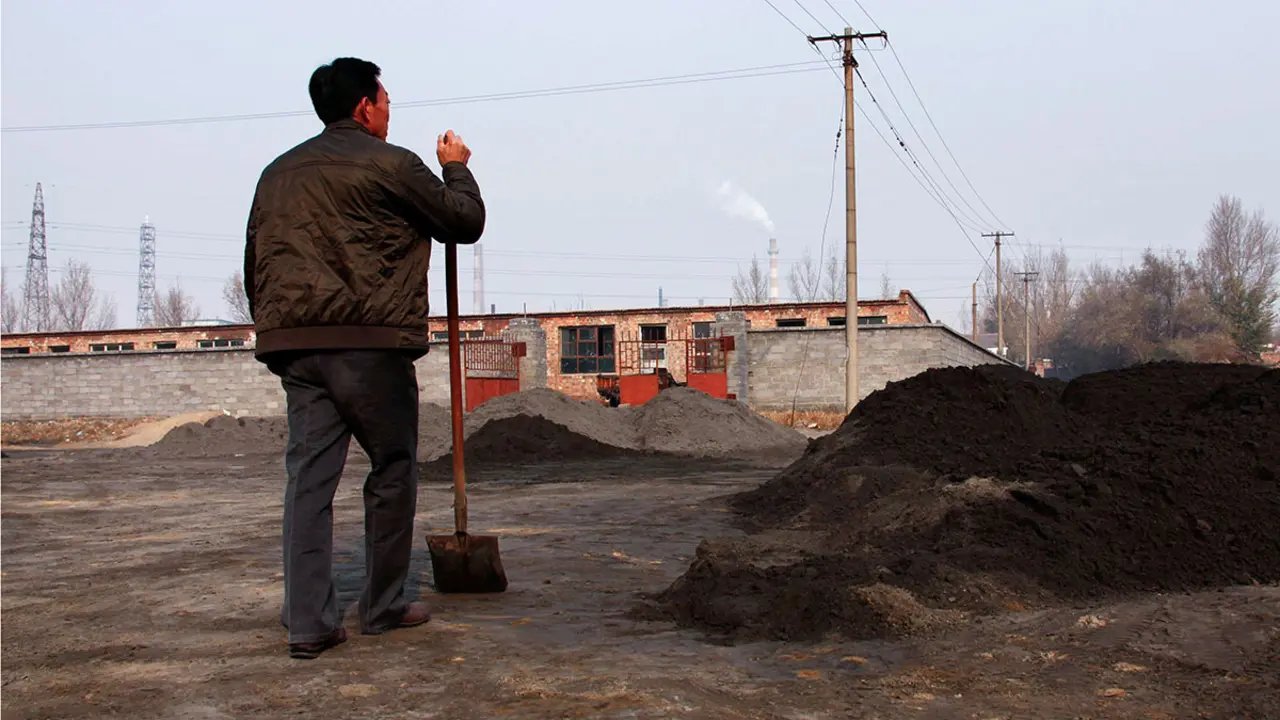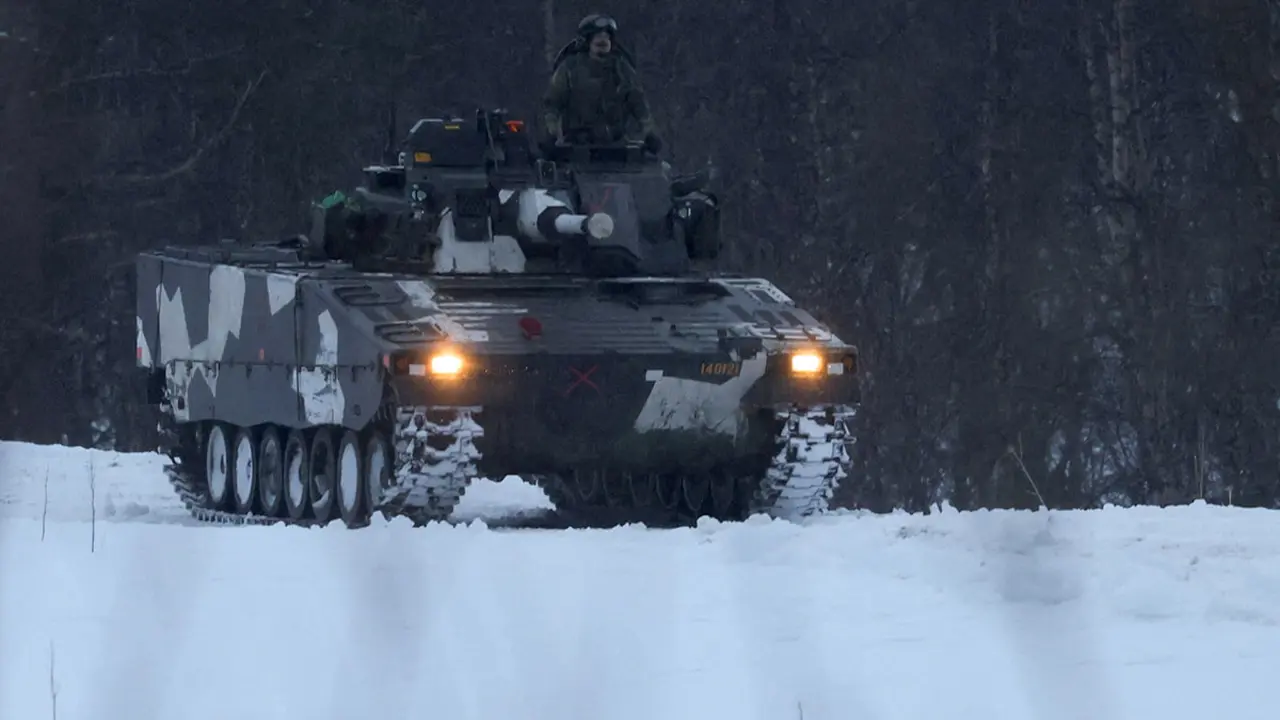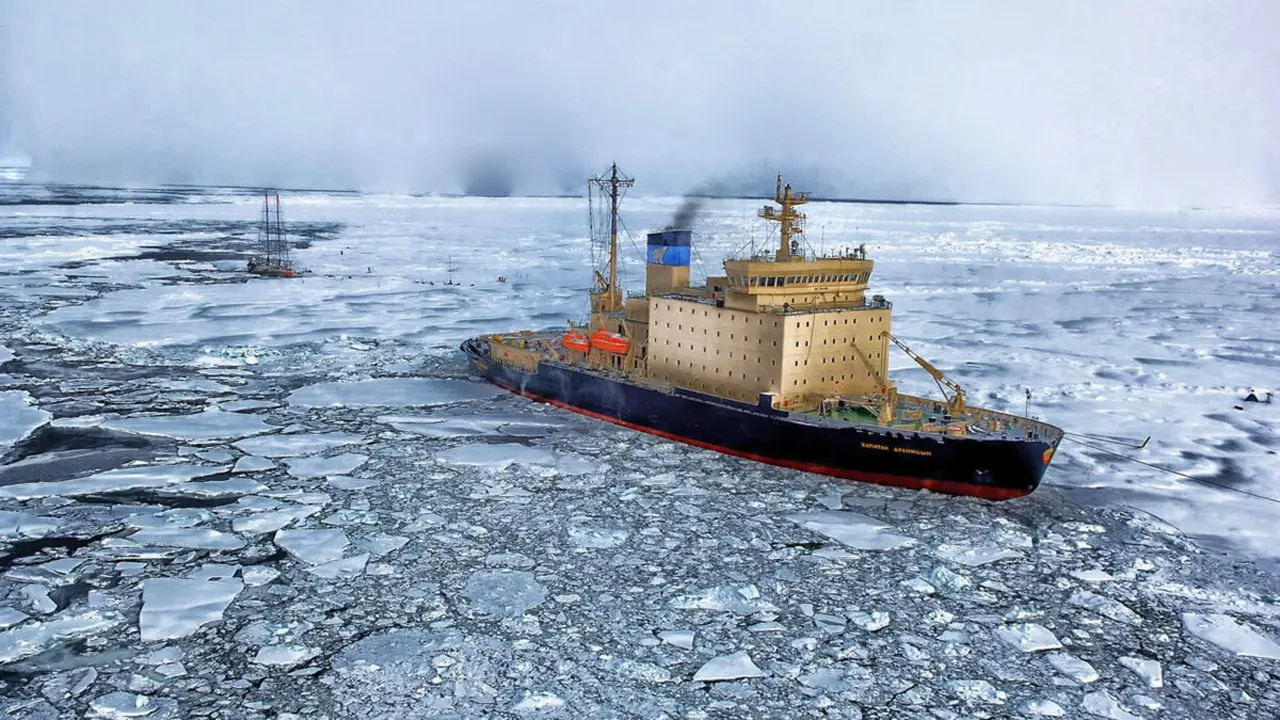Hamas: track record and link to Iran
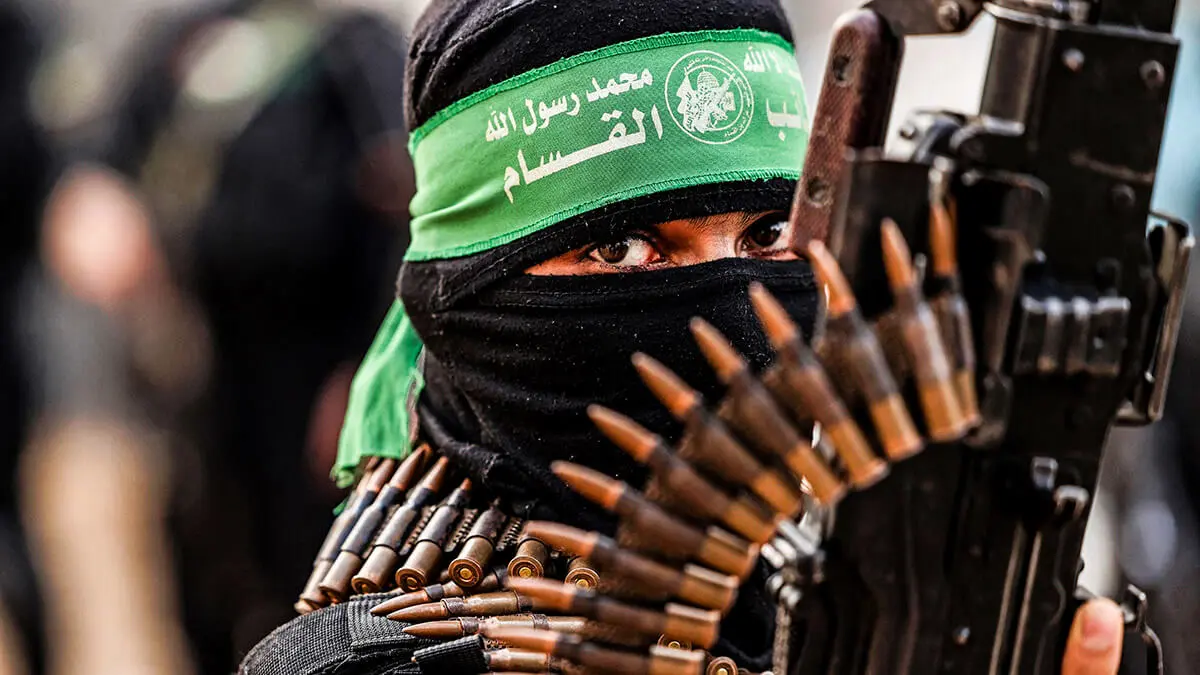
The Gaza war between Israel and Hamas has been at the centre of the news in recent times. The evolution of the Palestinian movement has been strong in recent decades and threatens the stability of the Middle East.
Introduction
"We have the privilege, or the misfortune, to be witnessing a historic moment. One of those moments that will be studied in the future as one of the major milestones in human history". I have used this phrase on more than one occasion in recent years.
It is certainly difficult to establish with clarity a clear and definite starting point. Surely more than one analyst will state flatly that the turning point is the 9/11 attacks. However, this is not so clear-cut, and we are certainly too close in time and too involved in the events to be able to take the necessary distance to be able to analyse the importance and significance of the moment in sufficient depth. This will undoubtedly be something that historians will have to undertake in the future.
Just as emphatically, however, it can be said that we are in a process of change in which the world is being reconfigured geopolitically. And the result will be something totally different from what we have known. Because the changes that are coming will affect the political, economic and social order, the balance of power, and so on. And it is not only war conflicts or the struggle between powers, religions, models of society and cultures that are contributing to this evolution, but, as part of a whole, nature is also playing its part with natural disasters rarely seen in our time and with factors as relevant as the global epidemic caused by COVID-19.
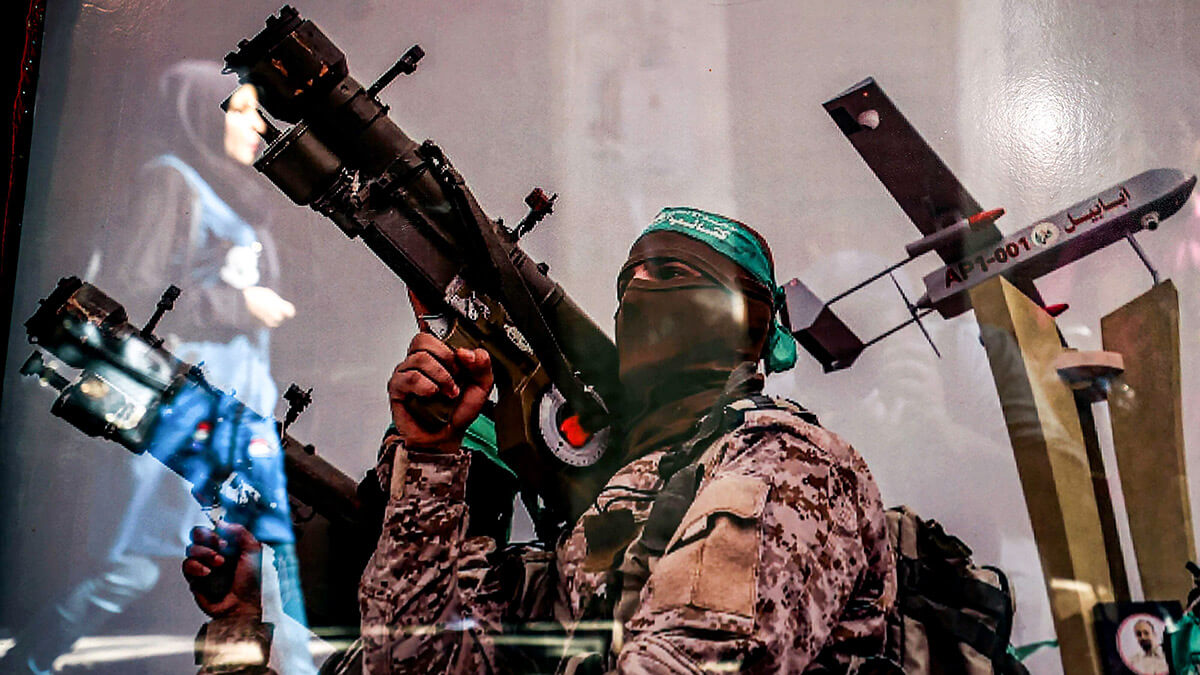
The most visible elements to society, in terms of their impact and severity, are undoubtedly military conflicts, as they are also the ones that produce the most tangible effects in the short term.
In the current scenario, we are facing two major conflicts which, without being a priori directly related to each other, may converge at least in terms of the common interests of some of the actors. Nevertheless, both have something very important in common: the capacity to destabilise an entire region and to drag others into a war that, if it cannot be considered global, comes very close.
Since the end of the Second World War and despite all the wars fought since 1945, Europe in general, and Europe in particular, has lived with an apparent sense of peace. This has been so long and deep that it has led us to forget that the natural state of affairs is precisely the opposite.
On the eastern flank for almost three years now, a war has been raging, directly involving a power like Russia and indirectly involving NATO nations, with a serious risk of escalation that is very close and very real at times. However, despite the seriousness of this situation, the conflict unleashed in the Middle East by Hamas conveys a much more intense sense of danger and of the fact that this escalation, which is uncertain but could evolve in an unfortunate way, could happen at any moment.
Given the situation that has arisen and in order to understand what is happening, the first thing we must try to clarify is what Hamas is.

Hamas' evolution
Until the mid-1980s, the Islamic movement in Palestine was monopolised by the Palestinian Muslim Brotherhood (PMB). Since 1967, a series of events led to popular resistance to the Israeli presence becoming a core element of Palestinian consciousness. This led to the outbreak of the first Intifada, during which the Muslim Brothers found themselves almost totally disconnected from reality, which almost ended their relevance in the Palestinian world. In this state of affairs, Fatah and the PLO stood ready to fill the gap. But a greater threat emerged in this struggle, the Islamic Jihad, which in 1985 succeeded in wresting the preponderance of Islamism's monopoly from the Muslim Brotherhood among the Palestinians.
The end result was that, faced with a widespread perception of a lack of initiative, commitment and activity, coupled with accusations of collusion with Israel to delegitimise the PLO, the Muslim Brotherhood created Hamas.
During the Intifada the new organisation established itself as a popular resistance element well integrated into Palestinian society. However, it was at the end of the Intifada that its relationship with rival organisations was exposed, and after the 1993 Oslo Accords it felt betrayed by them, being as it was an armed resistance movement. Hamas interpreted the Oslo Accords as Israel's attempt to control the Palestinians through a puppet government, and it was then that it identified the Palestinian Authority as its greatest adversary, taking on the role of the main actor in the armed resistance against Israel.
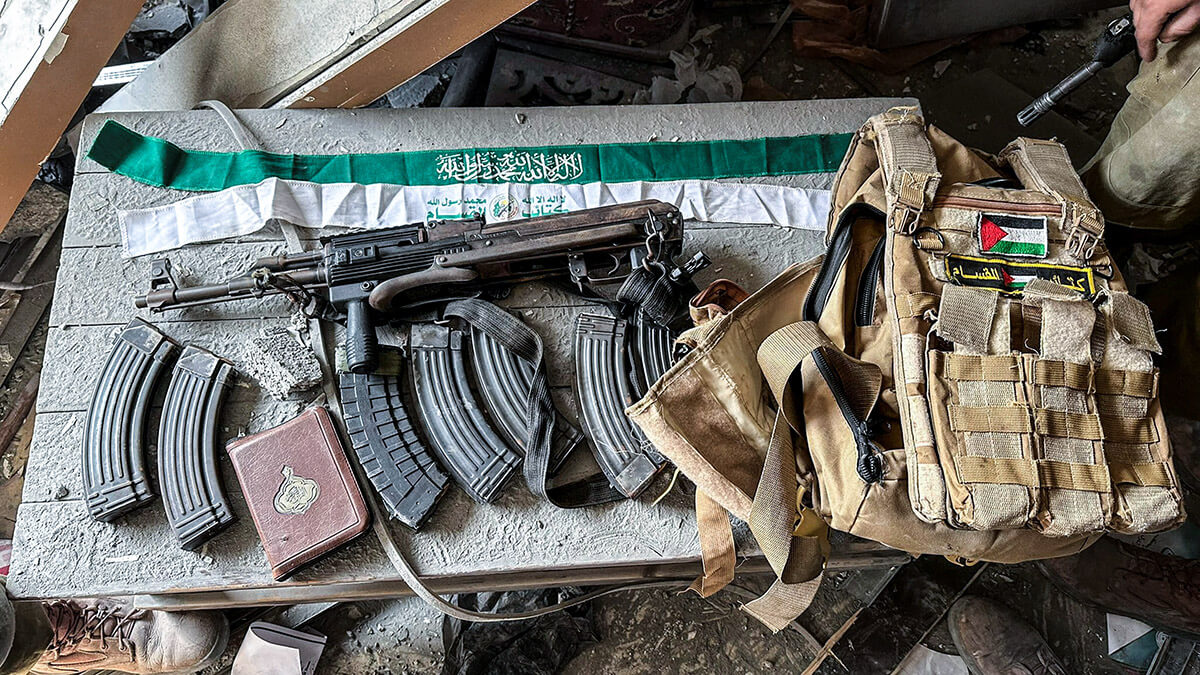
At the same time, Arafat, feeling the hegemony of his movement threatened, tried to give it a greater religious charge both during and after the intifada.
Israel favoured the creation of the Palestinian Authority and funded it, largely to act as a counterweight to Hamas. Hamas responded with an increase in armed actions aimed at derailing the Oslo Accords, which brought it into direct conflict with Fatah. Fatah responded by arresting 400 members of the radical organisation in one of its first moves when it took power.
Clashes between the two organisations and attacks continued throughout the following decade, affecting Israel's security. With the signing of the Camp David Accords, the Palestinian Authority lost credibility, appearing as Israel's "accomplice", an image that Hamas took it upon itself to propagate and exacerbate by, for example, refusing to participate in the 1996 elections.
With the onset of the second Intifada, Hamas took the lead in the resistance movement against Israel, contrasting its image with that of an organisation delegitimised by internal corruption, accusations of conspiring with Israel and a leadership in question due to its age. It was at this point that Hamas ousted Fatah and felt able to expand its leadership and claim legitimacy throughout the Palestinian territories.
Once this stormy period had passed, certain sectors began to argue that Hamas, despite all the suspicions that hung over the regime, should seek joint action with the PA. Both were Palestinian movements, however, and what was really important and necessary was to try to achieve unity. Among others supporting this path were Ahmad Bahhar, Ismail Haniyya and Khalid al-Hindi.
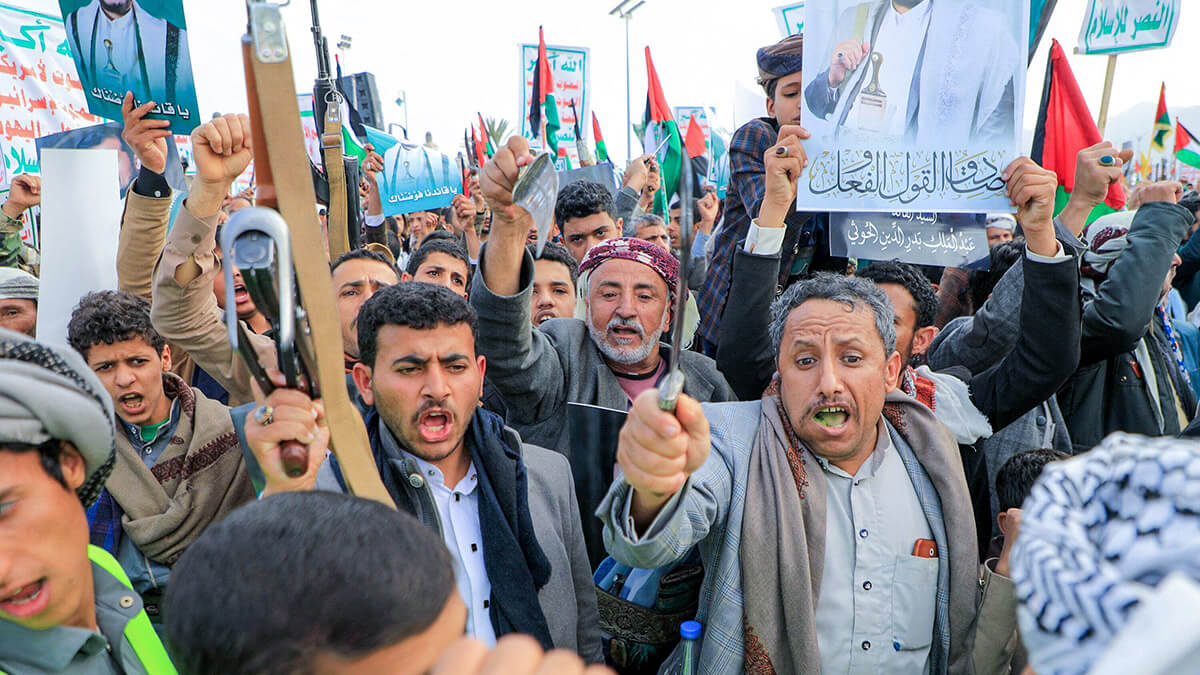
However, the rift between Hamas and Fatah came to a head with the election of Hamas in the Gaza Strip. This led to skirmishes and clashes of increased intensity between supporters of both factions, leading Saudi Arabia to lead an attempt at mediation through the Mecca Accords in 2007, establishing a Palestinian national unity government.
During the second intifada the Palestinian Authority, taking advantage of the momentary cessation of fighting between the two organisations, set itself the goal of repressing and controlling Hamas, but it was unable to achieve this and the numerous Fatah security forces in Gaza did their utmost to hinder Hamas operations, posing a serious threat to Hamas if the situation escalated into an openly hostile Fatah position.
Hamas knew that the ceasefire could not last, and the fighting soon resumed, resulting in the defeat of Fatah forces: Hamas had finally taken control of Gaza.
Nevertheless, hegemony is not complete; there is, for example, Islamic Jihad, a group that despite its smaller size has the capacity to influence tensions between Israel and Hamas through its independent actions. At the same time they also coexist with the rise of Salafist jihadist groups.
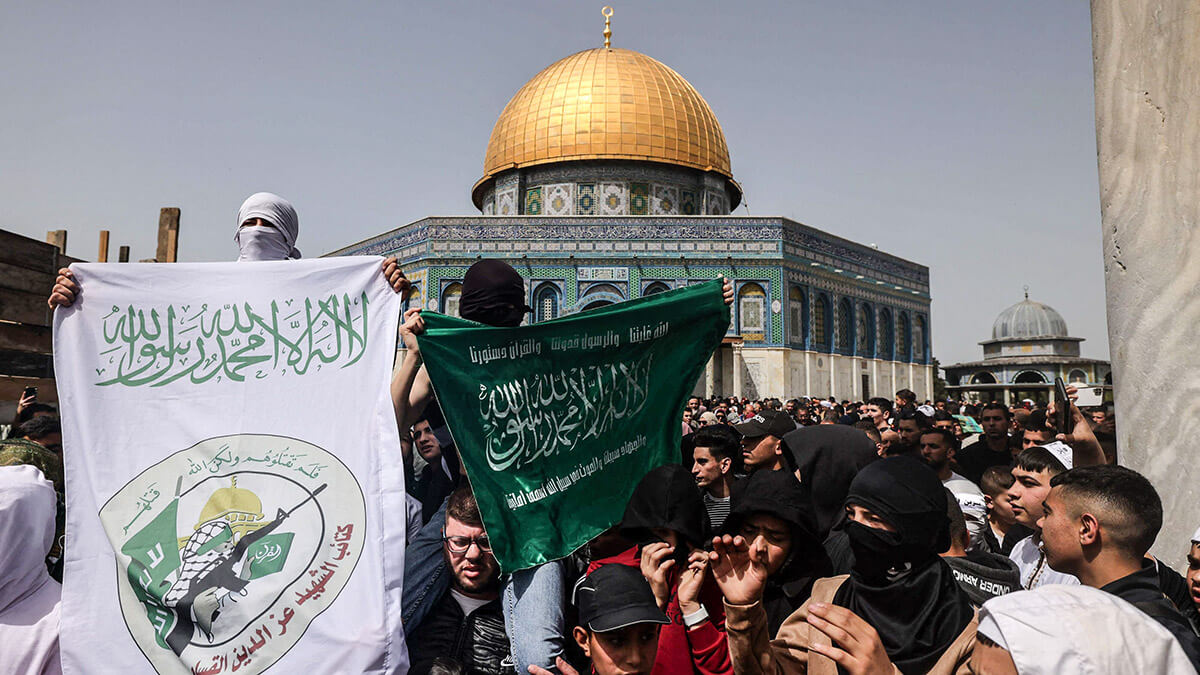
The bottom line is that Hamas must confront all these groups in order to maintain that unity in the armed struggle against Israel.
Hamas's position of permanent defiance of the Palestinian Authority and leading resistance has been the genesis of a constant violent escalation with Israel. Hamas's actions, its goals and its Islamist context have led Israel to view it solely in the context of an increasingly radicalised Middle East, accentuated by the Iranian Revolution of 1979 and subsequently the 9/11 attacks.
Consequently, Israel has been unwilling to make concessions to Hamas and has always sought to combat and destroy its capabilities.
It is important for Hamas to stand firm despite Israel's attacks and not to appear to be giving in to Israeli pressure. Such an attitude is key to preserving their credibility as a resistance leader. Moreover, there is a much more important reason: remaining the main target of the Israeli security forces is a guarantee that they will be able to continue recruiting personnel and rally the majority of Palestinians around the organisation.
It is undeniable that Israel's 1967 occupation followed by the implementation of a liberal economic policy and the establishment of settler settlements played an important role in the creation of Hamas and its subsequent radicalisation. Similarly, Israel's perception of Hamas also played an important role in shaping its political structure. Hamas's involvement in the first intifada resulted in Israel's arrest of more than 1,500 Hamas members, including Sheikh Yassin, one of the organisation's leaders and founders.
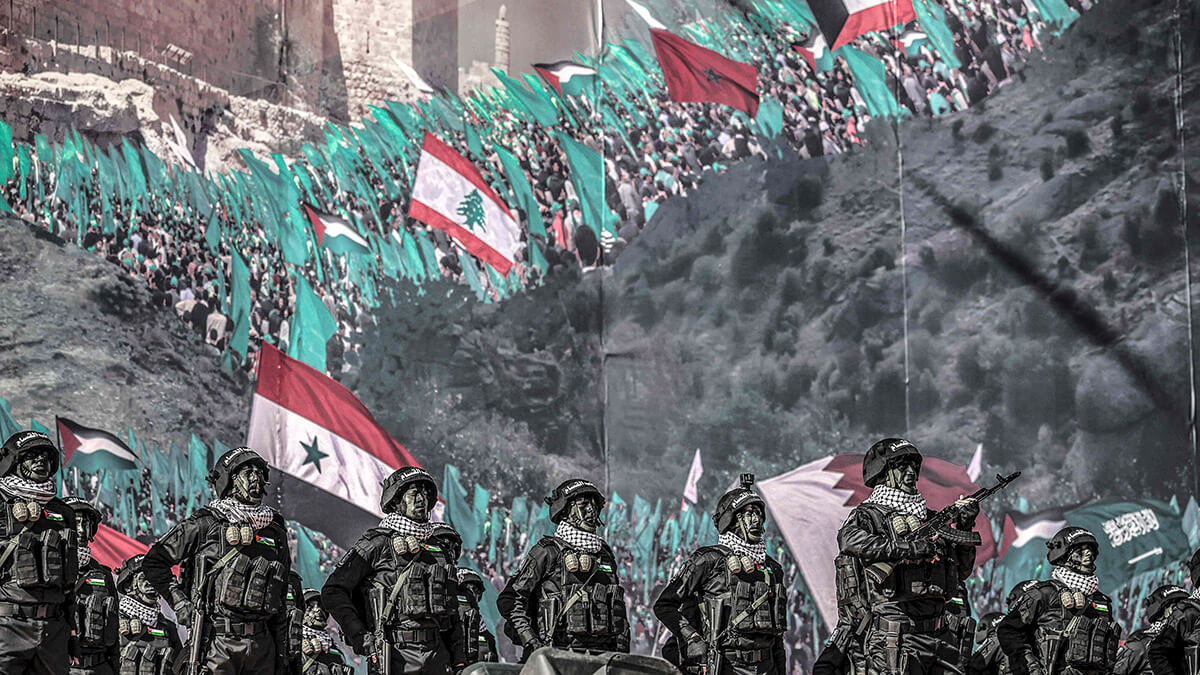
The impact on Hamas led Abu Marzouq to immediately formulate a new strategy that would ensure its survival should Hamas face such a challenge again. Henceforth, military action would be separated from Hamas' administrative and social organs by the formation of cells that would operate independently under the authority of a separate military wing, the Qassam Brigades. The internal leadership would reside in Gaza, and an external political committee would be established in Amman. Following improved relations between Jordan and Israel, the committee moved to Damascus in 1993.
The result was seen in the subsequent attacks and arrests, which, although they brought Hamas into the crosshairs of many Palestinians, the damage was not as severe as before the second intifada. During the 1990s Hamas's growing popularity ensured a steady flow of volunteers and strengthened its recruitment capacity. Israel's goal of eliminating its leadership had a counterproductive effect, as it only strengthened its status and its determination to lead the resistance. Importantly, during this period Hamas's actions were characterised by particular violence, demonstrating its commitment to resistance through revenge. A telling example was the series of attacks carried out in the aftermath of the Goldstein massacre in 1994.
This vicious cycle developed into a spiral of violence in which each side fed the other, as each Israeli action in eliminating the organisation's leadership in turn provoked waves of anger throughout Palestine that provided further support for Hamas and strengthened its ability to recruit new fighters.
Despite this, however, Hamas began to feel the blow and tried to backtrack by offering a ceasefire near the end of the second intifada. The plan was for a 10-year ceasefire in exchange for a return to the 1967 borders. It included a Palestinian state in the West Bank, Gaza Strip and East Jerusalem, as well as a long-term commitment to the "right of return". The terms offered were clearly unacceptable to Israel, especially as its strategy of systematically targeting its leaders succeeded while encouraging internal feuds between those members who had been removed from the leadership and took advantage of the Mossad assassinations to pursue personal vendettas.
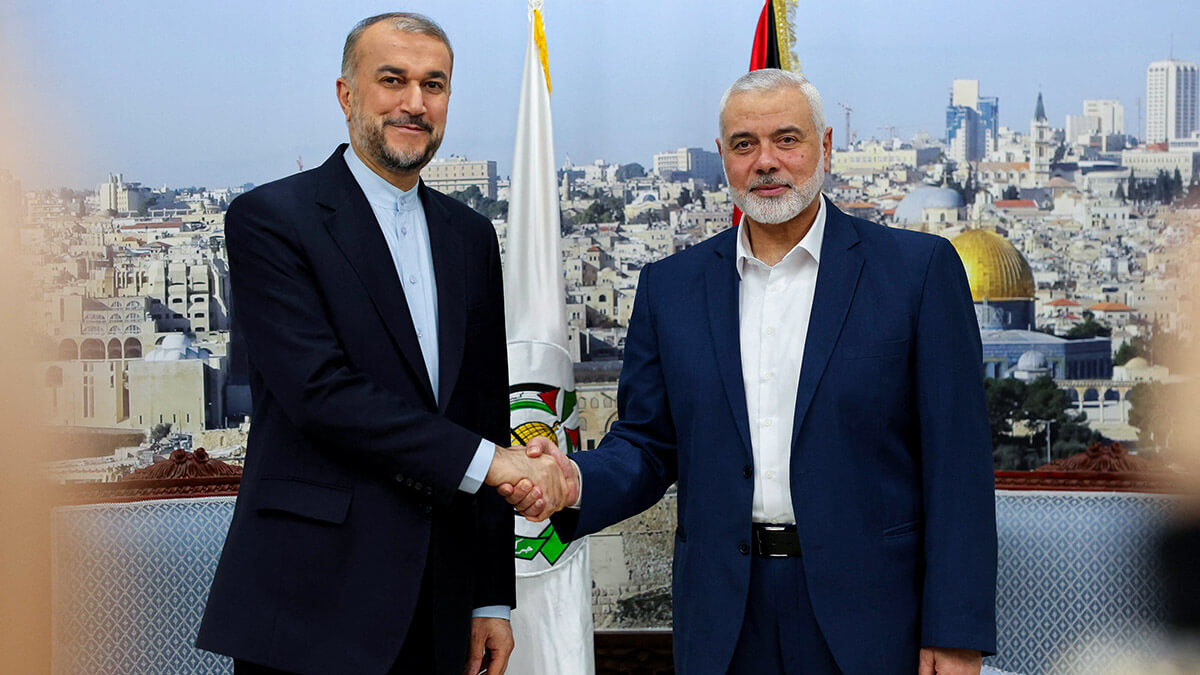
The situation became so critical that by the end of the second intifada almost all of the Gaza-based leadership had been killed, seriously threatening the organisation's continuity even though support for them among the Palestinian people was strengthened, but the main concern was how much violence the Palestinians could withstand, as Israeli pressure continued to increase.
This would include a Palestinian state in the West Bank, Gaza Strip and East Jerusalem, as well as a long-term commitment to the 'right of return'. Similar offers to cease hostilities were made in the following years, but Israel remained convinced that Hamas is an extremist, pan-Islamic group bent on its destruction.
This stance and Israel's rejection of the ceasefire reflects the general Israeli approach to Palestine, Arab states and Islamism after 1979 and after 9/11, but especially after Hamas's electoral victory. Israel felt more threatened than ever, and the memory of what happened during the 1990s just after Yitzhak Rabin's attempts to achieve a peaceful solution, making hitherto unimaginable concessions, marked a radical and profound change not only in Israel's politics, but also in its society.
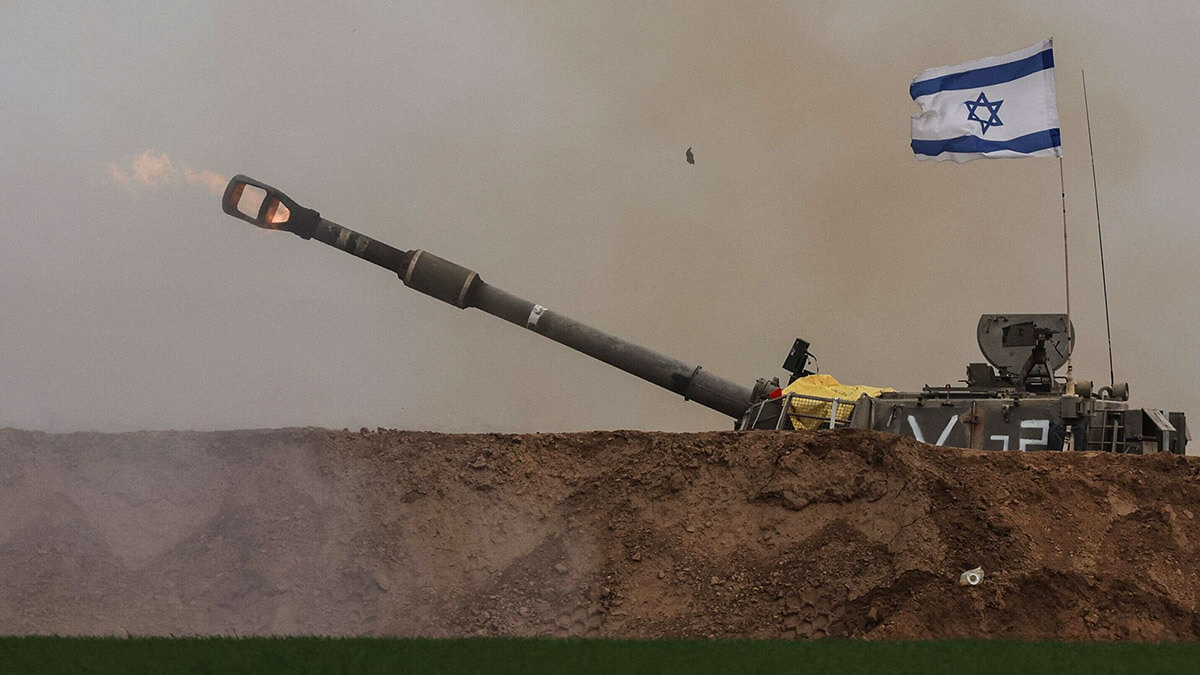
Hamas's attitude has contributed to the entrenchment of a hostile, almost paranoid consciousness towards the Palestinians since that time, conveying the image within Israel of a pan-Islamic group with strong ties to both Iran and Sunni terrorist groups such as al-Qaeda with whom it shares its hatred of Jews. It is this image that Israel in turn tries to transfer to the outside world, portraying itself as the first line of defence against these terrorist groups.
The consequences of the above are reflected in Israel's domestic politics, with the right-wing political groups, always prone to an aggressive response to Hamas, dominating the domestic scene, to the extent that the Oslo accords, which now seem so far away, are still seen more as an "achievement" of Rabin's left-wing government, as a simple concession to the terrorists. Hence, any offer of a ceasefire is always met with scepticism.
In 2004, the disengagement from Gaza began with the dismantling of some settlements, but Hamas's victory in 2006 marked a radical change and the main objective became to deprive Hamas of power. Israel's control of the Karni crossing played a key role in this policy, limiting transportation to such an extent that it had serious consequences for the Strip's economy.
The response was swift and in June of the same year Hamas attacked the Kerem Shalom base, capturing the soldier Gilad Shalit. This action, coupled with events in Lebanon with Hezbollah, raised tensions enormously, especially after Nasrallah's visit to Gaza, which was interpreted as a sign of an Islamic alliance against Israel.
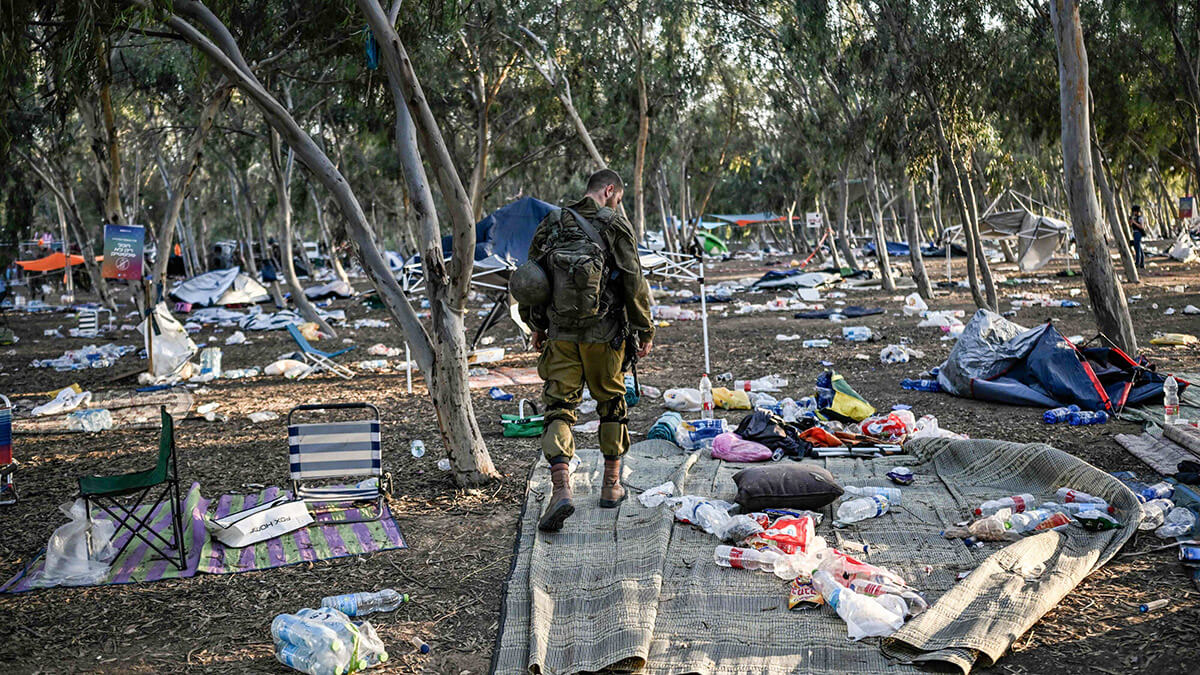
Egypt's attempt in 2008 to mediate a ceasefire was partially successful, but failed to get to the root of the problem and again highlighted the difficulty of satisfying the objectives of both sides. This only reinforced both positions and the conviction on both sides of the fence that violence is the only way to achieve their respective goals.
The sad reality is that so far, since 2006, neither side has achieved its objectives. Hamas has perpetuated itself in power by denying the possibility of new elections and repeatedly harassing Israel, and Israel has continued the blockade and responded to attacks systematically.
However, it is Hamas's commitment to lead an aggressive resistance and Israel's interpretation of this as a pan-Islamic plot to destroy it that has led to this impasse.
A situation in which, it must be said, Israeli mistakes and misguided policies have helped Hamas present itself to much of public opinion as the victim, or to put it more correctly, the only victim. And with the situation entrenched, the perfect breeding ground has been created to take advantage of this role of victim to inoculate all layers of Palestinian society with animosity and hatred, starting, of course, with the youngest children in schools.

The current context
And this clearly unsustainable situation has been exploited by those who have other aspirations, seeking to be the regional power and at the same time to occupy their rightful place in the Muslim world.
Hamas, in short, has become another of the proxies used by Iran as an instrument of its foreign policy. A proxy on a par with Hezbollah, the Shia militias in Iraq or the Houties in Yemen. Because if there is one thing that has so far served as a unifying element for Muslim societies in the world, it has been the Palestinian cause. A cause that has been stirred up by Iran whenever it has been convenient in order to destabilise the region and make profits.
Peaceful coexistence between Israel and Hamas has clearly proved impossible if the latter's 1988 founding charter is anything to go by. Indeed, in practice, Hamas has gone far beyond its charter, carefully and consciously adjusting its political programme over the years and, as we have seen, sending repeated signals that it might be willing to engage in a process of coexistence with Israel, albeit always under the suspicion that these were manoeuvres to get oxygen at its most delicate moments.
Numerous statements give us the idea that Hamas's hostility towards Jews is not primarily motivated by religion. Its position is based on the fundamental belief that Israel has occupied a land that is intrinsically Palestinian and Islamic, although the religious undercurrent of this claim cannot be ignored. But be that as it may, recognition of Israel would mean for Hamas to deny the legitimacy of its cause, and thus render it indefensible in the eyes of the Palestinians and the rest of the Muslim world. Thus, the "Abraham Accords" and what they have implied in terms of recognition of the state of Israel by numerous countries such as Egypt, Jordan, the Emirates and the manifest willingness to do so by Saudi Arabia and others struck a blow to Hamas's waterline and almost its very existence.

It is clear that Hamas, as an Islamic organisation, will not transgress the sharia, which it understands prohibits it from recognising Israel. However, over time it has formulated some mechanisms that allow it to deal with this reality as a fait accompli. These mechanisms include the religious concepts of tahadiya and hudna.
Tahadiya refers to a short-term period of calm between conflicting parties during which differences are not set aside. It was the application of this concept that stopped most of the violence between Hamas and Israel from June to December 2008. The hudna is a truce for a specific period, which is based on the practice of the Prophet Muhammad and subsequent events in Muslim history. Hamas has repeatedly indicated its willingness to agree to a hudna with Israel, if it assumes the basic Palestinian rights set out in the Arab Peace Initiative and Hamas's own concept of "Palestinian legitimacy", a term used by Hamas to describe its willingness to consider accepting a binding peace treaty, such as the API proposal, provided the treaty is first ratified by the Palestinian people in a referendum. Although Hamas, as outlined above, would not participate directly in peace negotiations with Israel, it has stated on several occasions that it would be willing to be part of a Palestinian coalition government with Fatah, and under such a government it would be Fatah that would negotiate the actual treaty.
The conclusion that can be drawn from all that has been said so far is that, while coexistence between Israel and Hamas is something that borders on the impossible, it is also true that Iran's instrumentalisation of the Palestinian problem, making it one of its foreign policy axes, closes the door to any attempts or possibilities of a certain easing of tensions.
And it is precisely in this instrumentalisation, and in the real danger that the fruits of the "Abraham Accords" were being harvested for their effectiveness, that the events of 7 October can be framed.
Much information is still lacking, and Iran's subsequent reaction raises doubts about the role of the Ayatollahs' country in this action.

Nevertheless, there are specific points that leave no doubt: the attack was months in the making, requiring careful study, information gathering and intelligence gathering, and the subsequent drawing up of plans. Logistically it was prepared in detail. It was necessary to set up command and control centres capable of coordinating operations on the ground, those launched from the sea and those carried out by paramotors.
All of this required the specific training of thousands of men and numerous rehearsals and practices for each of the phases. And it inevitably required the cooperation of Iran through the Quds forces, which are responsible for the training, education, equipping and financing of all Iranian proxies. The point this statement makes is clear: Iran knew what was going to happen. Among other things, because the objective, which was to dynamite the results that were emerging from the new scenario created in the Middle East, was only in the interests of the Iranian regime.
Doubt arises a posteriori when we look at the attitude of the government in Tehran. Without changing its aggressive rhetoric and threats to Israel, the US and the West in general, its attempt to dissociate itself from what has happened is very clear. Finding a reason for this is not easy with events so close in time. However, some options can be sketched out: the expected response, not from the governments of the countries in the region, but from the mass of society, has not been what was expected (with time the new generations see the Palestinian issue as something more distant and of less concern to them). The governments of these countries have understood that the new situation offers them more benefits than remaining entrenched in Iranian rhetoric. The US reaction by moving forces from such a significant entity to the area has been understood as more than a deterrent action. The images of how the operation was carried out, which turned into an orgy of blood and death rarely seen before, resembling or even surpassing the actions of Daesh, have provoked rejection in Tehran itself, which has no desire whatsoever to assimilate with the group.
The final answer is likely to be a combination of all the above options. But the reality today is that after that fateful day in October everything has changed in the region and certainly in the world.
It is therefore interesting, at this point, to analyse the current situation and its possible evolution.
The centre of gravity
In any military operation, one of the key steps during the enemy assessment phase is to identify what is known as the enemy's centre of gravity. The definition of this concept describes it as:
This takes into account strengths, vulnerabilities, critical capabilities and opportunities.
With all this data, analysts try to find what we might colloquially call the cornerstone on which their operations rest. So we are not talking about something ethereal or gaseous: we are talking about something physical, tangible, or an "attackable" capability, if you will pardon the linguistic licence. An element which, if we manage to remove it from the equation, would prevent our enemy from achieving his objective.
In the scenario at hand, the first thing we must do is identify the enemy. And this is no small matter, although it seems obvious, and is in itself a matter for discussion. If we stick to the current level, few will have any doubts about the answer, pointing to Hamas as such. But we are in a very particular scenario where Hamas can be seen as a tool of the real enemy, which is none other than Iran.
This leads us to a first question: should we focus only on Hamas or should we move up a step? The answer to this dilemma can be found by answering another question: if Hamas were to be eliminated or its capabilities degraded to the point of making it an irrelevant player, would any threat to Israel disappear? Would stability in the region and a solution to the Palestinian problem be achieved?
I believe the answer to both questions is unanimous: no. I believe the answer is unanimous: no.
This therefore leads us to a scenario that I am sure others have understood far more in advance than we have.
As in many other cases, the solution to this problem is not only military. And there is no doubt that, in one way or another, this solution involves the two-state formula, which will inevitably require concessions and an effort on Israel's part. But part of the solution does involve military intervention, and the annulment or elimination of Hamas is an insurmountable condition. And this must be so not only as a consequence of the events of 7 October, but also because it is an essential condition for progress in regional stability and, surely more importantly, to allow the Palestinian people to become aware of themselves and take control of their own destiny, no longer being held hostage to outside interests. Interestingly, if we study the factors mentioned at the outset, we may be surprised to find that, strangely enough, the centre of gravity of both Hamas and Iran coincide. If we consider this reasoning valid, the decision point to which such a conclusion leads us is a very delicate one.
Let us focus initially on Hamas, what are its strengths? First, we have the support of its population, forced or not, but a majority, as well as the support of public opinion in general and that of the Arab world in particular. To this we must add its ability to recruit, as well as to regenerate its losses. The permanence in power and on the ground, with years of preparation on the ground, is another factor to add to this list. The unconditional support of external powers. Finally, we must mention their special ability to manage the information domain, carrying out well thought out campaigns aimed at spreading their message and presenting themselves as victims.
After their strengths, we must list their critical capabilities. These include the ability to attack Israel with long- and medium-range means. The ability to saturate anti-missile defences. Its ease of infiltration to carry out direct actions, as well as the structure of its underground facilities.
In the vulnerabilities section, we have logistical support, especially in terms of ammunition and fuel. Financial dependence on external actors. The impossibility of dispersing their command centres and critical resources. Likewise, we should also consider as a vulnerability the difficulty of justifying its latest actions and the assimilation of these to the TTPs used by Daesh, as it has provoked rejection even among some of its main supporters.
Finally, and in order to try to delimit Hamas's centre of gravity, we must take into account what its objective is. This is a point on which there is bound to be disagreement and debate. However, according to the statements of its leaders and its founding documents, Hamas's ultimate goal is the establishment of an Islamic state stretching from the shores of the Mediterranean to the Red Sea. And this inevitably involves, as they have also stated, the disappearance of Israel as a state. The immediate goal of the organisation is therefore to put an end to Israel's existence.
What does all this lead us to? The conclusion is that Hamas's centre of gravity is not in Gaza. Nor is it in Qatar, the emirate where its top leaders hide out and enjoy a life of luxury. If, for example, we were to understand the centre of gravity to be rocket-launching capability, we would have to ask ourselves: would the elimination of that capability lead to the demise or defeat of Hamas? And likewise with the other capabilities we have mentioned. The answer is again a negative.
However, the entire power, operational capability and sustainment of the organisation rests on a single pillar: the IRGC's Quds force. This special unit, whose former head, Soleimani, was not accidentally eliminated by the US, is responsible for maintaining, financing, training, equipping and controlling all the Shia militias that Iran uses as proxies throughout the Middle East. Hezbollah, Hamas, the Houthis and the Shia militias operating in Iraq all depend on it.
As we have already explained in two previous articles published in the magazine "Atalayar" and included in the book "Global Vision: A Changing World", these militias are an essential element of Iran's external action. Through them, Iran interferes in the internal affairs of countries in the region and uses them to try to expand its model of Islamic revolution. And the so-called Palestinian issue has been a recurrent element that Iran has used through these militias to mobilise Muslim societies to its own advantage.
The actions of Quds-sponsored militias not only have the capacity to influence the countries where they operate, or even at the regional level. As is becoming clear from recent events in the Red Sea with the activity of the Houties from Yemeni territory, the consequences of their actions can be global. This is the same as saying that Iran has the capacity to provoke major global consequences with its actions.
The actions of Yemen's Shia militias, like those of Hezbollah, are controlled and regulated by the regime in Tehran. And they undoubtedly follow a set plan. While both groups alternate hitting Israel in order to provoke it further, damage it economically, wear down its military capabilities through constant tension on several fronts, as well as the resilience of its own civilian population, the attacks on ships in the Bab el Mandeb area are intended to demonstrate the damage they can inflict on a global scale. It is a show of force at a very low cost indeed, both politically/reputationally and economically. Technically, it is not Iran that is acting, and a few simple drones costing no more than tens of thousands of dollars have already caused major shipping lines to avoid the area and an international coalition to be organised to protect shipping in the area.
Conclusions
On closer inspection, it could be said that we are witnessing a "game" in which Iran is drawing and playing its cards one by one. For the moment, it is only targeting this specific area and maritime traffic, which is already having serious consequences, but it still has other trump cards, such as the oil-producing areas of Saudi Arabia and the UAE, which are also within range of its drones and missiles, and to provoke a similar situation in the Strait of Hormuz. For this to happen, two or three actions would be enough to create a sufficiently intense sense of insecurity to provoke a reaction from the shipping lines responsible for crude oil traffic.
The combination of both situations could be lethal for the world economy, and the solution would not be simple at all, because, although the origin of the problem is well known, the way to deal with it is not easy. Any direct intervention could set the whole region on fire and the consequences we are currently envisaging would be insignificant compared to what could happen.
To conclude what has been said so far, there are two points that have not yet been addressed and which are a direct consequence of what is happening. First, we must refer to the war in Ukraine and more specifically to Russia. While the Gaza conflict has taken the media spotlight off the confrontation on the eastern border and is negatively affecting Ukraine in terms of the aid it needs, it is no less true that the situation in the Red Sea region is contributing to the rise in oil prices, which in just a few days have gone from between 68 and 69 dollars a barrel (which is clearly detrimental to Russia) to almost 75 dollars. Any serious incident or military intervention will undoubtedly push the price up to 90 dollars or more. It should be noted that Iran is supplying military equipment to Russia to sustain its aggression in Ukraine, so while this may not be the main objective, getting your buyer to increase his income is never a bad thing.
The second aspect is China's role. Not long ago Beijing became directly involved in the negotiations between Iran and Saudi Arabia to try to reach an agreement and normalise relations. In these negotiations, the Houties' activity was a key point. Leaving aside the situation that these agreements may lead to given the drift of events, the question is: what role will China play? If China mediated in the conflict, it was mainly because of its interest in ensuring that the section of the new "Silk Road" that runs along the Red Sea remained stable. With current events, that goal is further away from being achieved than ever, and the country most likely to suffer from the closure of this trade route will be China. What role it will decide to play is unknown, but given its general positions and alliances, it will surely try to at least apportion blame or shift the blame to what we might call the Israeli/Western side.
Finally, on the subject of maritime trade routes, we must inevitably refer again to the Arctic route. How important it would be to keep this route open as an alternative to the Suez Canal, especially for China, although once again we have a major player who would be, if not the first, the second biggest beneficiary of this situation and who, by the way, has already made statements in which it feels its presence and rights in the Arctic region threatened by Finland's accession to NATO.
As we can see, we cannot speak of isolated conflicts, and we are entering a phase with several confrontations that share elements and consequences and in which any unexpected derivation could lead to an almost global confrontation.
BIBLIOGRAPHY
- Maggs, David “The History, Politics and Ideology of Hamas” June 2011 https://www.e-ir.info/2011/06/17/the-history-politics-and-ideology-of-hamas/
- Roy, Sara “Hamas and the Transformation(s) of Political Islam in Palestine” 2004
- Imad, Alsoos (2021): From jihad to resistance: the evolution of Hamas’s discourse in the framework of mobilization, Middle Eastern Studies, DOI: 10.1080/00263206.2021.1897006
- Jordán, Javier (2020), «Análisis de centro de gravedad: del planeamiento militar al análisis de inteligencia», Global Strategy Report, No 8/2020.


